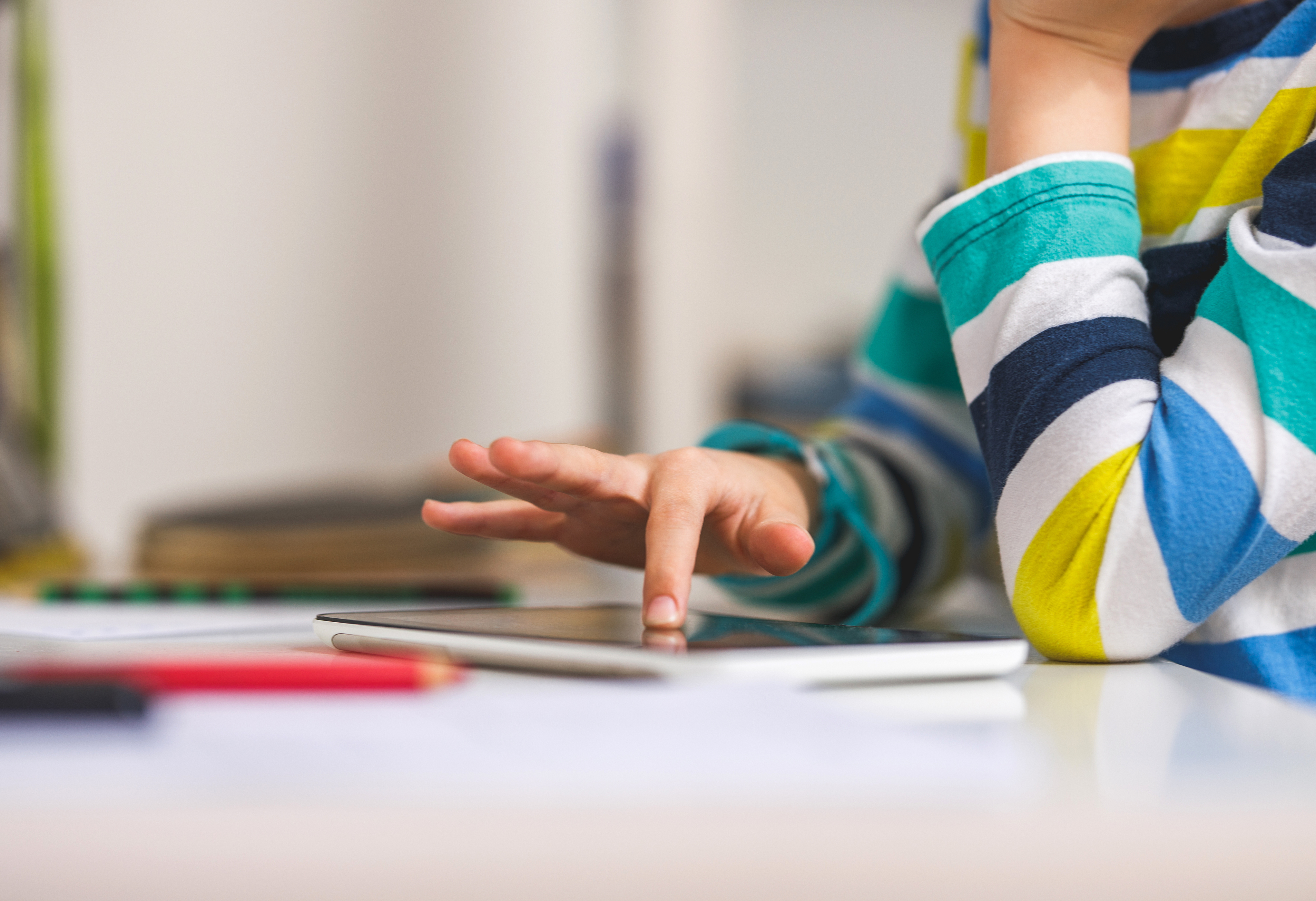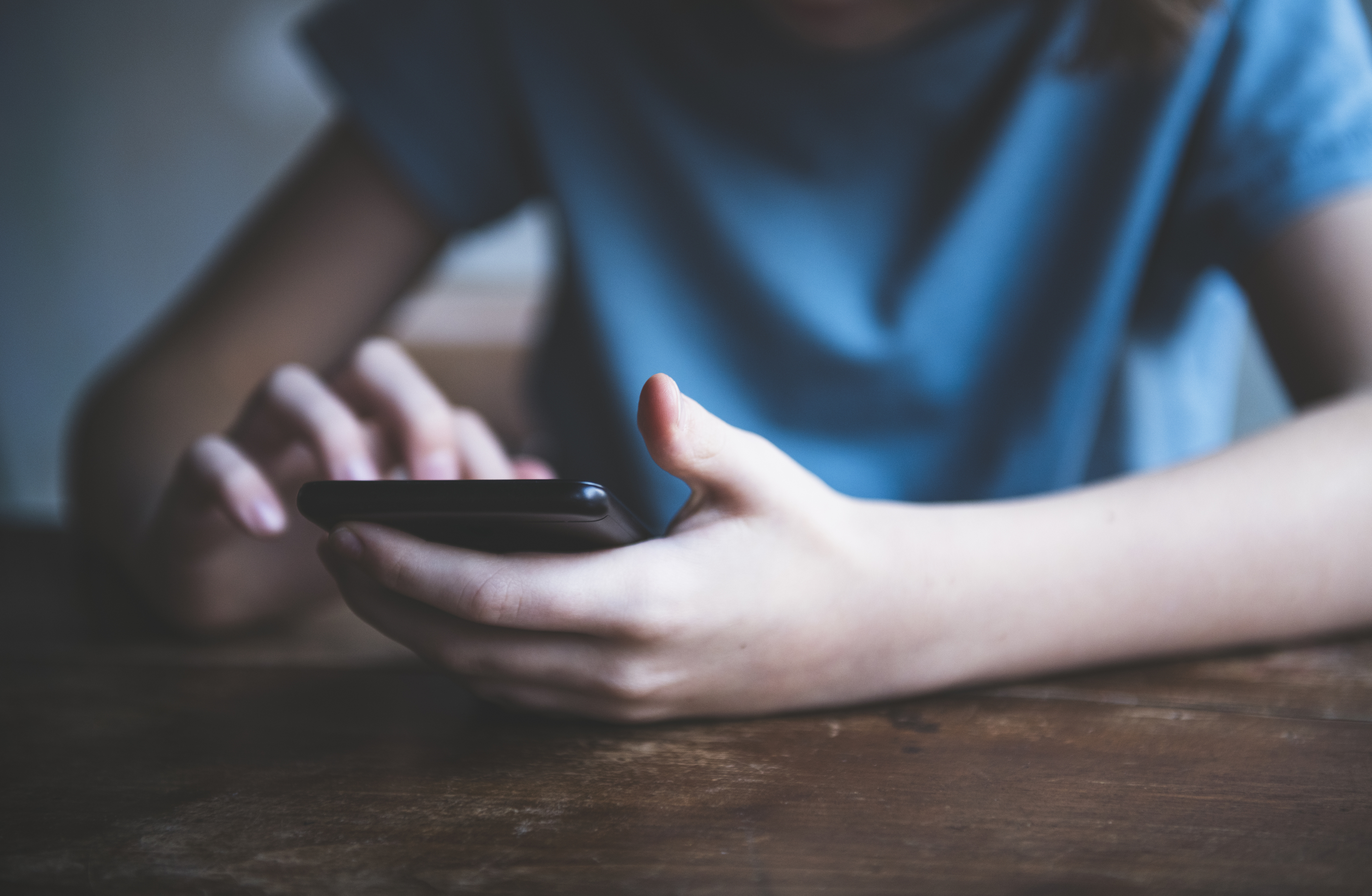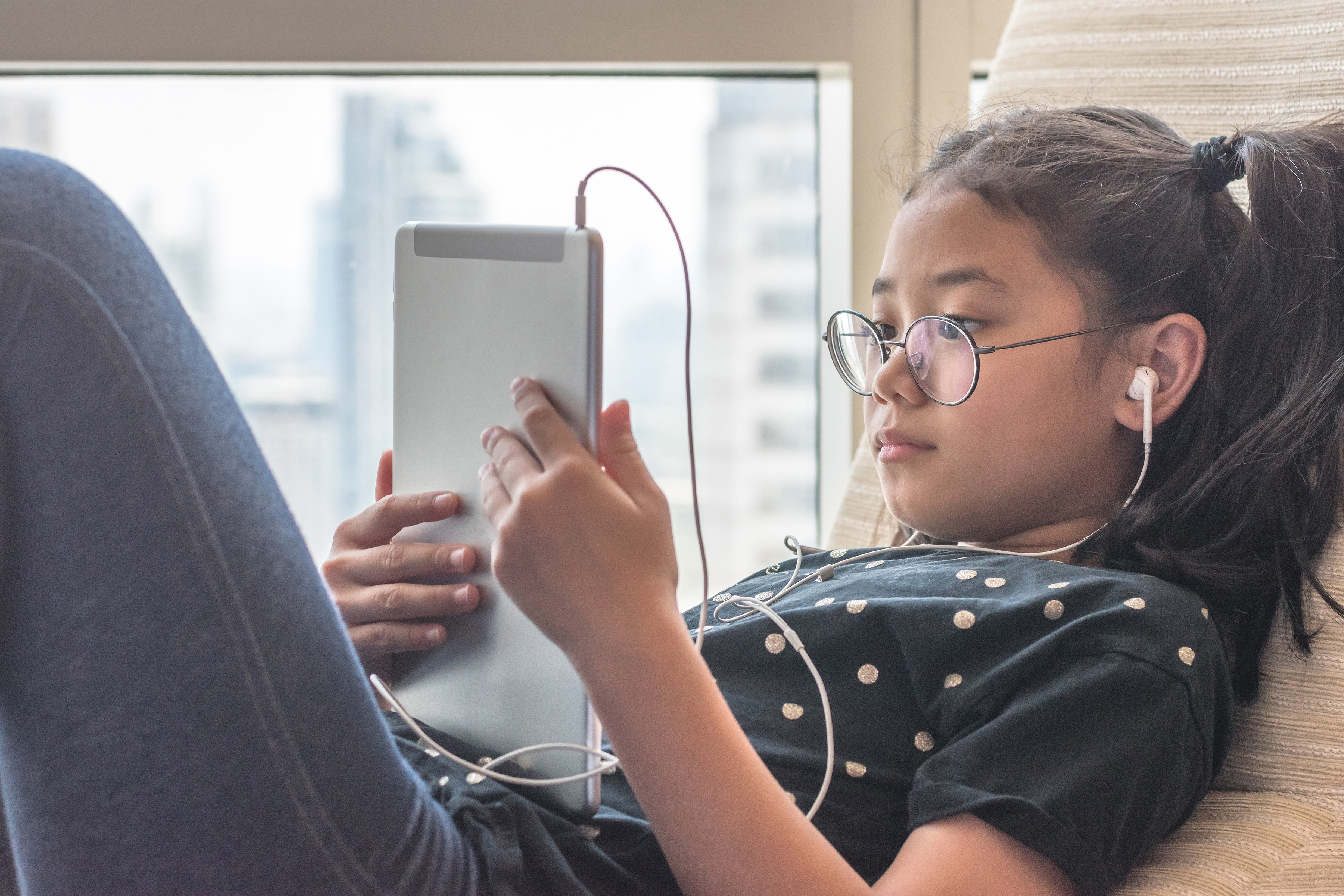Advice secondary menu
Sexting, selfies and pics
What you need to know
There are many reasons why a young person might create self-generated child abuse material.
One of these reasons may be as a way to manage relationships. Sexting is a term often used to describe sharing this type of content but young people may refer to it as sending a ‘selfie or a ‘pic’.
Creating, sharing and storing naked or partially naked material of a person under the age of 18 years old, even if it is of themselves, can be an offence and may be considered child sexual abuse material.
These laws were designed to deal with adults who offend against children, but some instances of sexting may also meet the requirements of these offences.
State and Territory police will also respond to these issues differently according to their own legislation.
If police get involved, the investigation will generally focus on the incidents of sexting where the image has been deliberately spread to external parties or if there are malicious or exploitative reasons.
An educative approach can help your child understand the issue and make informed decisions about how they use technology as part of their relationships.
Advice for parents and carers
What can I do?
- Supervise your child while they’re on a connected device
- Encourage critical thinking about general content sharing, such as why and who they might be sharing images with
- Your child should never send images to people they don’t know
Your child may have varying levels of access to technology, image sharing apps or social media, but it’s important to start conversations early about what type of content they might be sharing.
Using critical thinking or being Share A.W.A.R.E can help them understand what types of content are okay to share, and get them thinking about the impacts on themselves or others around them.
Be aware of signs that your child is being coerced by others into taking sexual images of themselves and creating child abuse material. The signs of online child sexual exploitation may not always be obvious.
What can I do?
- Encourage open discussions with your child about what content they might be sharing
- Try to avoid judgement and labelling
- Help them to develop responses for managing pressure from others
- Have a support network, let them know where they can get support or advice, whether it’s you, another trusted adult or support services
If your child is in this age group they may be using technology to manage their relationships, including romantic relationships. Your child might think it’s not a big deal to send a sexualised image of themselves or that ‘everyone does it’ and nothing ever happens.
There are a number of things they should consider before sharing this type of content:
- Their safety and wellbeing should be their number one priority. They shouldn’t give into the pressure of doing something that makes them feel uncomfortable
- Once they have shared an image or a video, it can easily be shared by another person and they don’t know where it could end up
- Having a naked or even a partially naked image of a person under the age of 18 – including one of themselves – may be classified as child abuse material.
Encourage your child to learn about their own personal boundaries. Remind them that it’s okay to say no if someone is pressuring them to create and send this type of content. They might have friends who are already sharing this type of content, it doesn’t mean they have to do it too.
It’s important to understand that every situation involving sexting is different and to approach conversations with your child openly, in a non-judgemental way.
The eSafety Commissioner has developed a guide help you have a discussion with your child about sex and pornography.
Our Family Online Safety Contract can also help you with having discussions with your child about boundaries and expectations for using technology.






